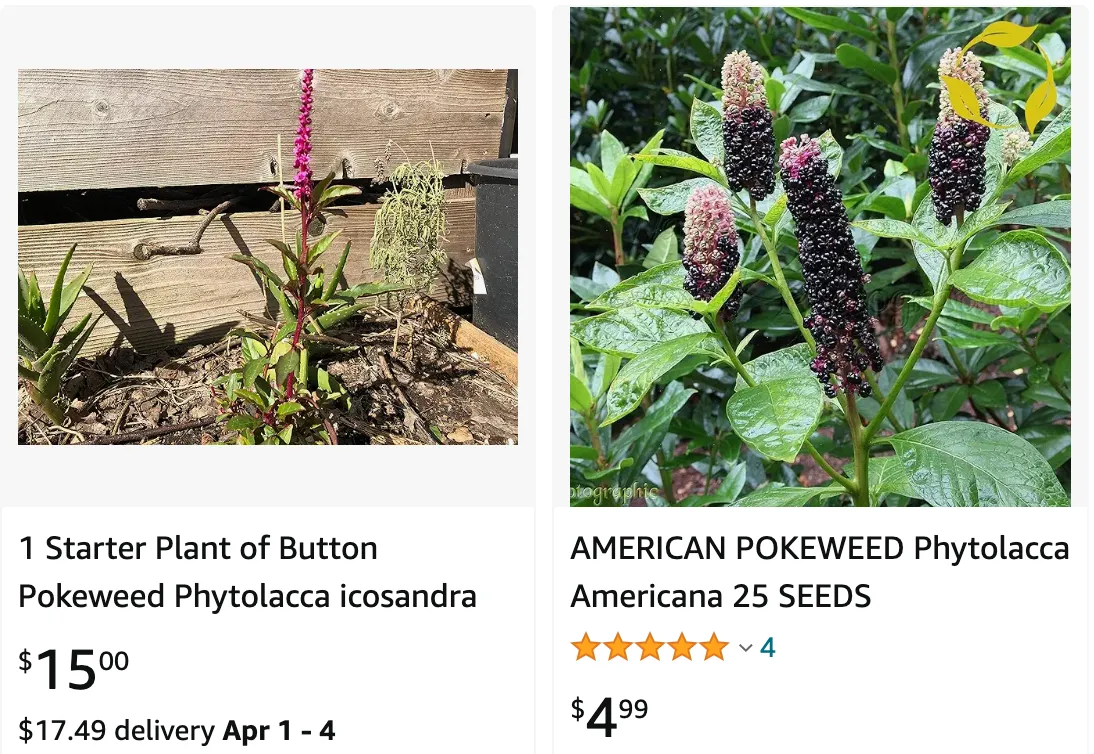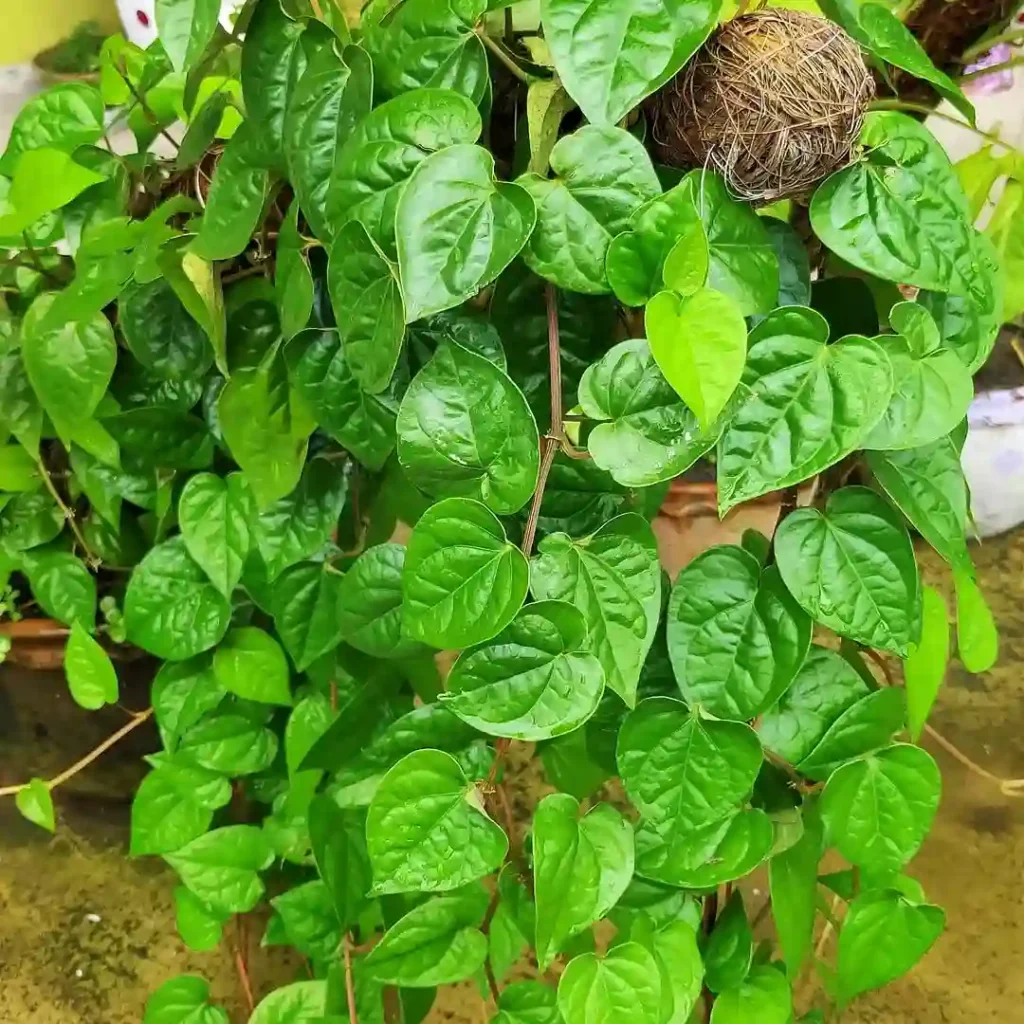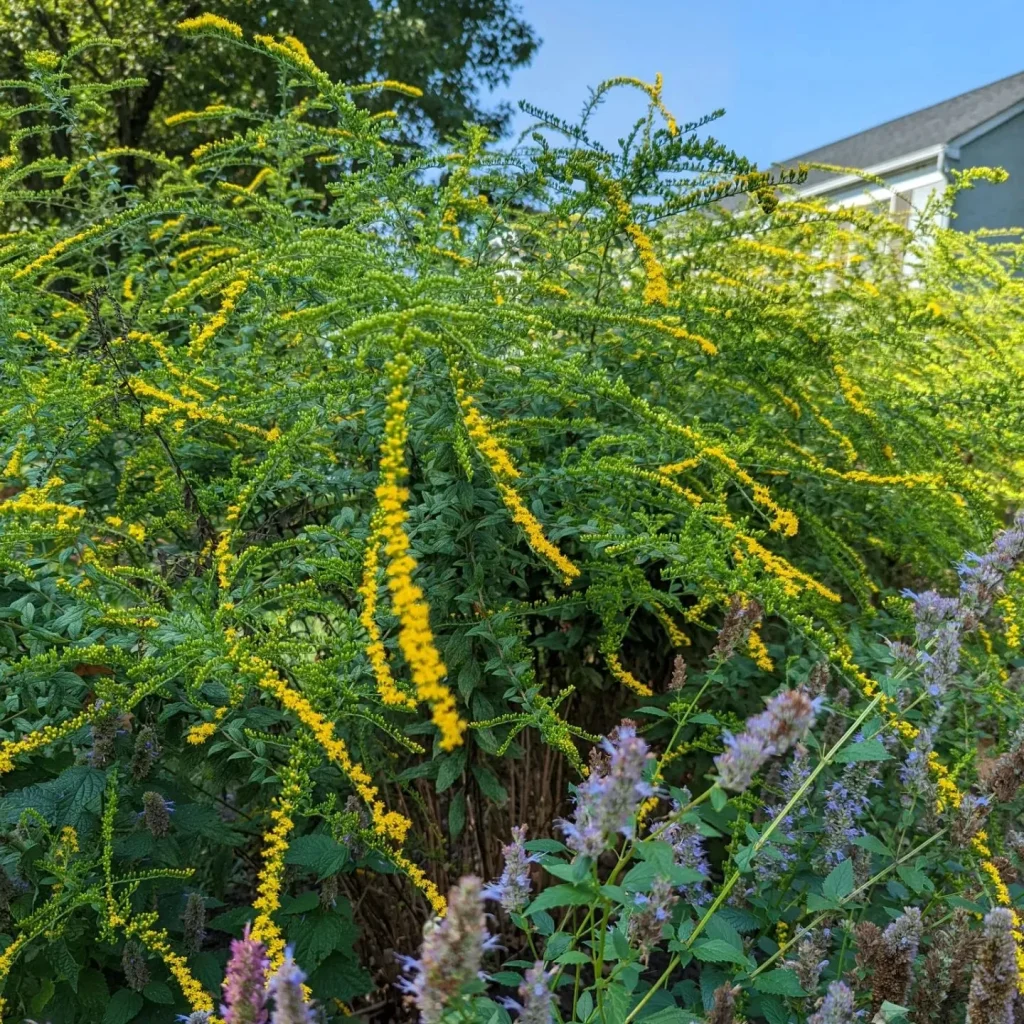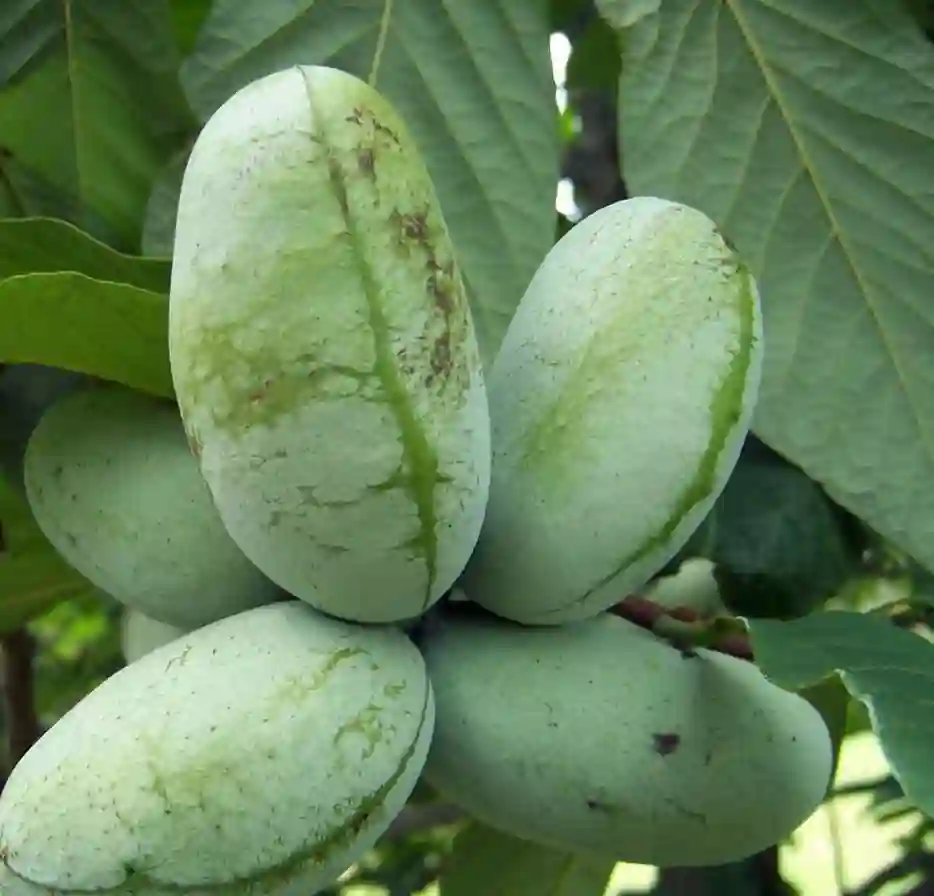
Let’s Talk About Phytolacca Icosandra
Hi there! I’m Ferb Vu, and I’m fascinated by the world of plants, especially those with unique characteristics or interesting histories. Today, we’re diving deep into Phytolacca Icosandra, also known as button pokeweed or tropical pokeweed.
This flowering plant is native to the neotropics but has found a home in warmer areas of the western USA. From its intriguing name to its potential uses, Phytolacca Icosandra has a lot to offer. So, grab a cup of tea and join me as we explore this botanical wonder!
27 Species in Genus Phytolacca
What is Phytolacca Icosandra?
Phytolacca Icosandra is a perennial herb that can reach up to 3 meters in height. It boasts large, glossy leaves that can grow up to 20 centimeters long. But what truly sets it apart are its flowers. Arranged in racemes, these white flowers are small, typically measuring around 5-10 millimeters in diameter. The name itself offers a hint about a key feature: “icosandra” translates to “twenty stamens,” referring to the numerous stamens present in each flower.
The plant’s lifecycle culminates in the formation of black berries, each about 5-8 millimeters in diameter. While Phytolacca Icosandra might seem attractive, it’s important to remember that certain parts, especially the berries and roots, are considered toxic and should never be ingested.
Is Phytolacca Icosandra Related to Pokeweed?
You might be wondering if Phytolacca Icosandra is related to the common pokeweed (Phytolacca americana). The answer is yes! Both plants belong to the Phytolaccaceae family, sharing some physical similarities. However, there are key distinctions. Pokeweed tends to be taller and has a more robust growth habit compared to Phytolacca Icosandra. Additionally, pokeweed flowers are greenish-white, while Phytolacca Icosandra boasts bright white flowers.
Here’s a quick table summarizing the key differences:
| Feature | Phytolacca Icosandra | Pokeweed (Phytolacca americana) |
|---|---|---|
| Height | Up to 3 meters | Up to 4 meters |
| Leaves | Large, glossy, 10-20 cm long | Elliptical, pointed tips, 5-15 cm long |
| Flowers | White, 5-10 mm diameter, arranged in racemes | Greenish-white, small, arranged in spikes |
| Fruits | Black berries, 5-8 mm diameter | Dark purple berries, 6-10 mm diameter |
Is Phytolacca Icosandra Used for Medicinal Purposes?
Traditionally, some cultures have used Phytolacca Icosandra for various purposes. However, it’s crucial to emphasize that these uses haven’t been extensively studied or verified by scientific research. Furthermore, Phytolacca Icosandra contains toxins, and ingesting any part of the plant can be dangerous.
If you’re interested in exploring medicinal plants, it’s always best to consult with a qualified healthcare professional. They can guide you towards safe and effective options based on your specific needs.
Can I Grow Phytolacca Icosandra in My Garden?
Phytolacca Icosandra can be a beautiful addition to your garden, especially if you live in a warm climate. It thrives in moist, well-drained soil and prefers partial shade. If you decide to plant it, remember to keep it away from children and pets due to its toxicity.
Here are some quick tips for growing Phytolacca Icosandra:
- Plant seeds indoors around 6-8 weeks before the last frost.
- Transplant seedlings outdoors once the danger of frost has passed.
- Maintain consistent moisture, but avoid overwatering.
- Fertilize occasionally with a balanced fertilizer during the growing season.
Conclusion: Phytolacca Icosandra – A Plant with Beauty and Intrigue
Phytolacca Icosandra is a fascinating plant with unique characteristics and a rich history. While its potential uses are intriguing, it’s vital to prioritize safety and avoid using it for medicinal purposes without consulting a professional.
If you’re a gardener seeking a conversation starter for your space, Phytolacca Icosandra can be a great choice, but remember to handle it with care.
If i die, water my plants!



